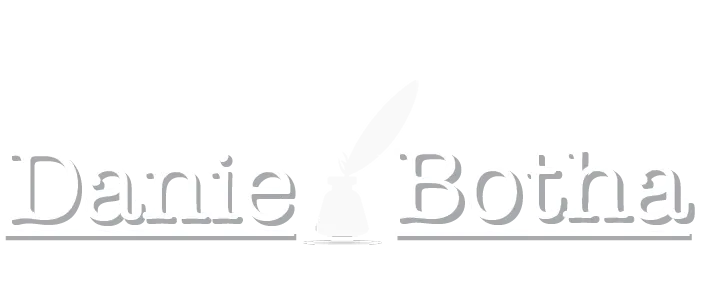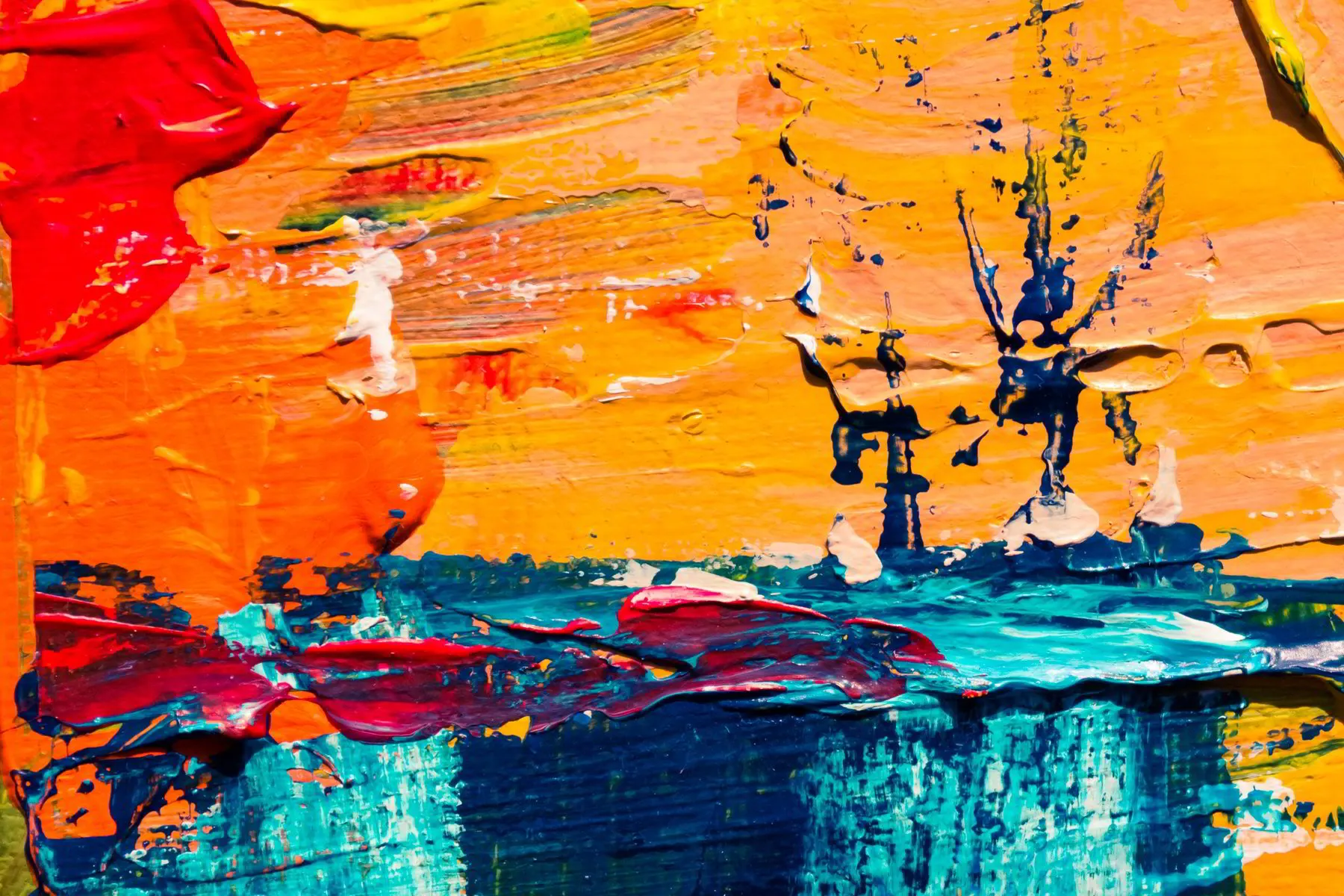Expressive art, like expressive writing, can help heal emotional wounds – Part II
Art can help us heal.
Art and the creative energy behind it has captured our imagination through the ages, it has comforted and inspired us. Art can be so much more than an object with esthetic value. Art can be medicine.
We all experience pain and hurt and suffering in our lives. It changes us. We all have stories but often struggle to get it out into the world. Doing art is telling our stories in a non-verbal and non-intimidating way and has the unique power to help restore us and find wholeness.
There are no quick fixes for emotional wounds and chronic stress and pain, but there is help. Art therapy is a clinical modality with medically proven benefits.
Gone are the days that medicine is seen to be made up only of medication, surgery, and psychotherapy. (That’s the traditional and outdated view.) Today we know exercise is medicine and expressive writing also has clinically proven healing properties. To that we’ll add art.
Being exposed to art as spectator or audience on a regular basis (visual art, paintings, sculpting, music and theatre) has healing properties. But even greater health benefits are found in participating and performing art—painting with a brush, drawing with pencil, playing the piano.
The American Art Therapy Association states that the creative process of art making helps people resolve conflicts, develop interpersonal skill, reduces stress and increase self-esteem and self-awareness and promotes insight in our day-to-day lives.
Here’s the thing: creating art automatically diminishes our defenses, the emotional barriers we put up. It allows us to open up, opening our subconscious mind and put it on the paper. The piece of paper with the art is the unconscious, made conscious. Art therapy does not merely belong in art schools but are used in clinical settings, hospitals, retirement homes and in schools. It is especially effective in the treatment of PTSD.
How does Art Therapy work?
- Allows the person to express emotions non-verbally (pain, anger, sadness, grief)
- It is a safe (it’s a non-threatening place to start)
- The creative process diminishes psychological defenses
- Brings the subconscious forwards, opens the door to start with the verbal processing
- It builds skills
- It promotes self-awareness & self-esteem
- It helps getting emotionally unstuck and move forward
- It brings insight, improves relationships with others
- It helps take the “burden” away and brings healing
Another 10 powerful ways to do your own Art Therapy: (And these ones we did in part I)
Remember, you DO NOT need to be an ARTIST to do this art. It is for everyone!
- Coloring books for adults. This is more than a modern trend—it has therapeutic value. Experiment with colors and patterns. Use colors that calm you.
- Draw or paint outdoors. The mere act of stepping outside, escaping the confines of what -ever holds us captive emotionally, may be worthwhile. It will help you relax and get in touch with nature.
- Paint a landscape with mountains and valleys. The mountain represents time you were happy and upbeat. The valley represents times of heartache and sadness. Add more elements to reflect more positive events in your life. Consider adding elements that you are grateful for.
- Collage your vision of a perfect day. Add your collection of photographs, ribbons, pieces of paper, notes, newspaper clippings, etc. to build your dream day. After completion, stand back—what in this collage can you make happen right now?
- Take series of photographs to capture beauty and happiness. You decide what is beautiful. It is your call to determine what equals happiness. You can print and frame them. Or, make another collage!
- Document a spiritual experience. What did you feel? What happened? Perhaps paint it. Use vibrant colors or colors to best capture your emotions at the time. How to do feel about the experience today?
- Think up a wild invention. Build or draw or collage your “secret invention” that will change your life. Something that can make your life better, happier. What will it be? Can this invention benefit others?
- Create a three-part portrait: a past, a present, and a future you. Draw or paint a portrait to reflect where you’ve been, where you are now, and where you wish to be in six months’ time from today.
- Choose people who matter most to you in life and create unique art for them. Start with three individuals. Do a drawing, a painting, carving, sculpture, or special collage to express your gratitude and affection. It will impact you both.
- Create a body image portrait. You can use a mirror or photos. Learn and experiment with line drawing. Similar to the triple portrait, your whole body image can also be in the format of a three-stage project. Draw or paint what you see of your “previous” self. What do you see now? Then, what will you look like in six months’ time?
As is the case with expressive writing, for writing to help heal emotional wounds, the writing must over time focus on writing toward healing, building a ladder and a bridge away from the darkness, hurt, pain, and the past, toward finding a new perspective, new life, finding insight and discovering hope and healing and renewed purpose. It is an active process of departure from reminiscing about the past. It is not a quick fix, but is a growth toward healing. The victim grows to become a survivor and progresses toward a victor with a new purpose, a new-found perspective, able to impact and inspire others with our story of healing and overcoming.
The same goes for therapeutic art. Garnering insight and self-awareness during the process is as crucial as is the pleasure found in the creative process as is the healing that comes along with it.
Therapeutic art is a thing. Art is not only beautiful to behold; it can be so much more; it can be medicine.
It is time that we incorporate creative expression as an important way for healing hurting people. It is time we accept art is medicine. We all stand to benefit.
Storytelling, writing, and creative art have become part of our valuable armamentarium for health and wellness and leading meaningful lives.
Call to Action:
Which THREE from this list of TEN will work for you? Let me know in the comments.
This article was also posted on Medium.com.
References:
- Shelley Klammer. Expressive Art Inspirations. 100 Art Therapy Exercises.
- Can art be medicine?
- Danie Botha. Art is Medicine – Part I.
© 2018 DanieBotha.com. All rights reserved.
Image by Steve Johnson – unsplash.com


